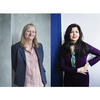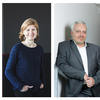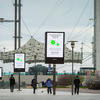You are here
Four Aces for Innovation
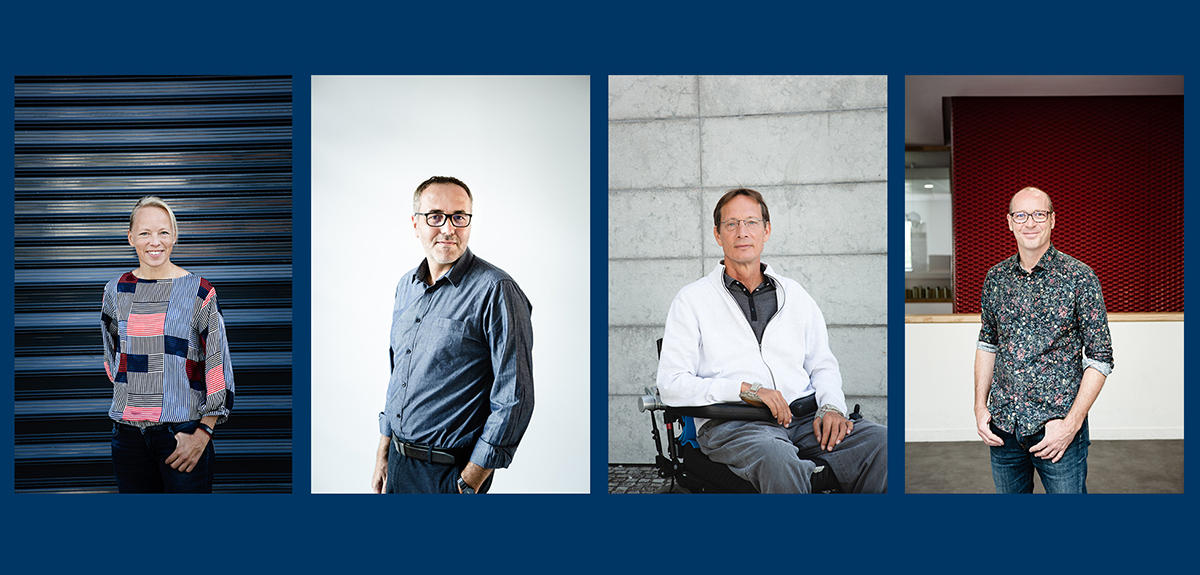
Ane Aanesland: towards smaller motors for satellites
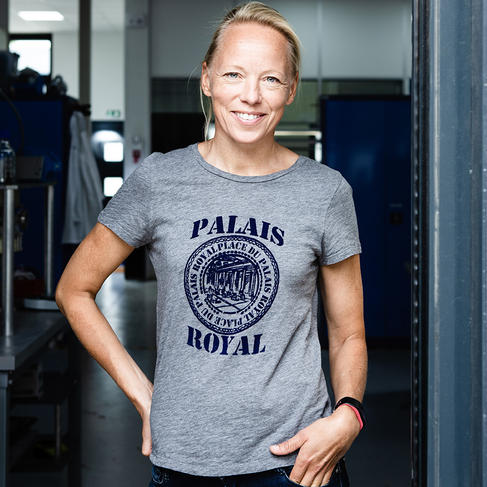


Trained in her native country of Norway, Ane Aanesland is a CNRS Researcher at the LPP.1 In 2017 she founded the startup ThrustMe with her colleague Dmytro Rafalskyi. "The space industry has been moving towards smaller and smaller satellites organised in constellations," explains the CEO of ThrustMe. "As these satellites are becoming single-task and less expensive per unit, the engineering and risk management have changed." The size of the thrusters used by satellites to maintain the correct orbit has proved particularly critical. Ane Aanesland therefore developed, along with Dmytro Rafalskyi and their team, two groundbreaking innovations. In order to reduce the size of motors, ThrustMe developed the simultaneous extraction of positive ions and electrons from a single-grid ion source. The thrust of these motors comes from the ejection of ionised matter, which may nonetheless react with the walls of the motor and satellite if not neutralised by electrons. The other research focus is the use of iodine instead of xenon, which is commonly found in plasma propulsion systems. Iodine is much cheaper and keeps better in solid form, while xenon is a gas that must remain pressurised. "We want to make this new use of Space sustainable," Aanesland stresses. "We must achieve better control of satellites in order to avoid collisions and improve their lifespan."
Livio de Luca: focus on heritage
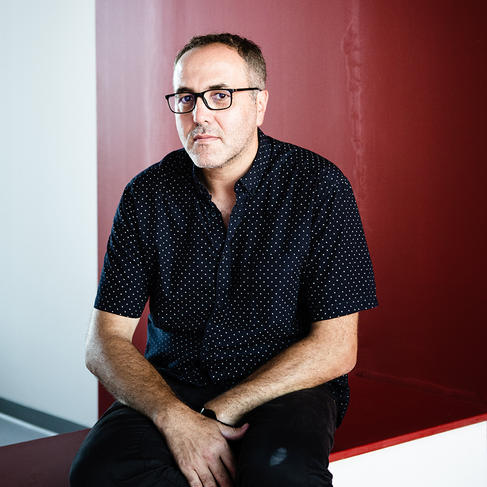

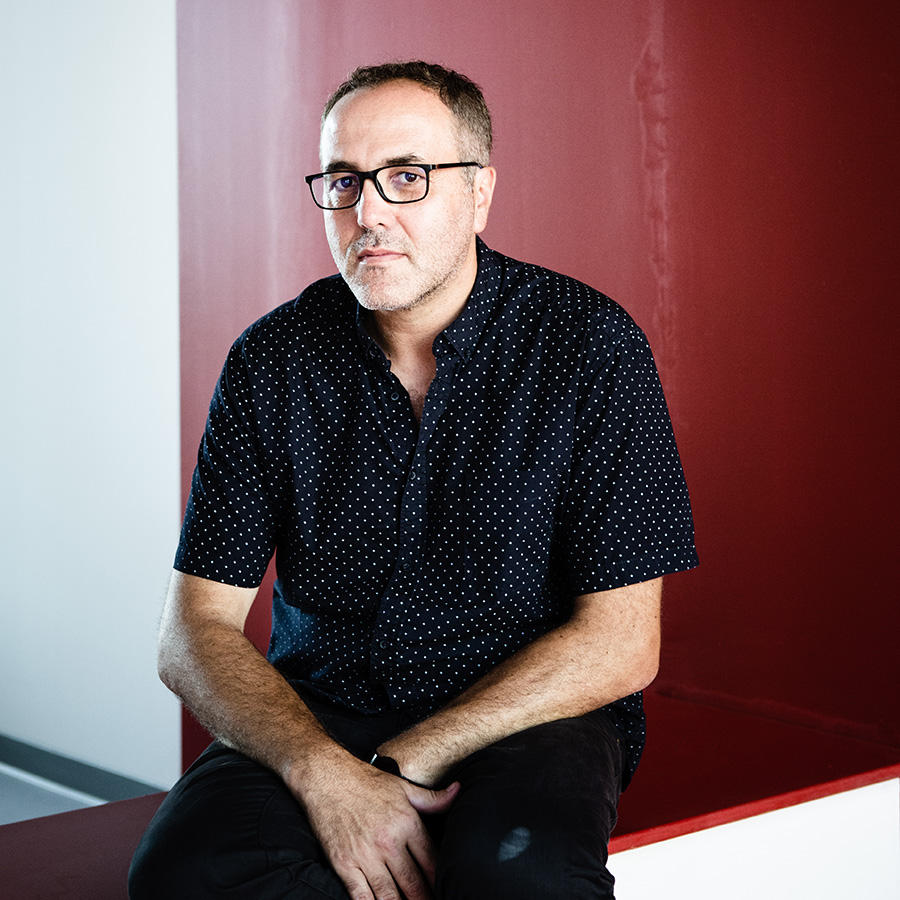
Working at the interface of the Humanities and social sciences (HSS) and the digital world, Livio de Luca defines himself as a researcher in the digitisation of heritage. This CNRS senior researcher, who heads the Models and Simulations for Architecture and Heritage (MAP)2 laboratory, has introduced methods for the 3D reconstruction of monuments. That of the Bridge of Avignon was achieved using 3D readings in addition to historical, archaeological, and geomorphological research. In 2013, his work also gave rise to Nubes, a 3D information system for the historical study and analysis of a building’s state of conservation. De Luca supported the emergence of the startup Mercurio, which specialises in modular solutions for the 3D digitisation of museum collections. "The interdisciplinary nature of heritage objects prompted us to collect different points of view," he explains. In 2014, a joint laboratory was set up between the MAP and the Interdisciplinary Centre for Heritage Conservation and Restoration (CICRP). In 2018, this research was synthesised with the collaborative platform Aïoli, where users can add photos and annotations, thereby improving the digital double of an object. In return, entries and images on the subject are spatialised in 3D, and can be accessed on all kinds of screens. Livio De Luca is currently coordinating the CNRS task force dedicated to the digital data concerning Notre-Dame de Paris. "We see how useful the digitisations of the cathedral are for restoration," he emphasises. "The benefit is not just technological, but also societal."
Vance Bergeron: breaking away from paralysis
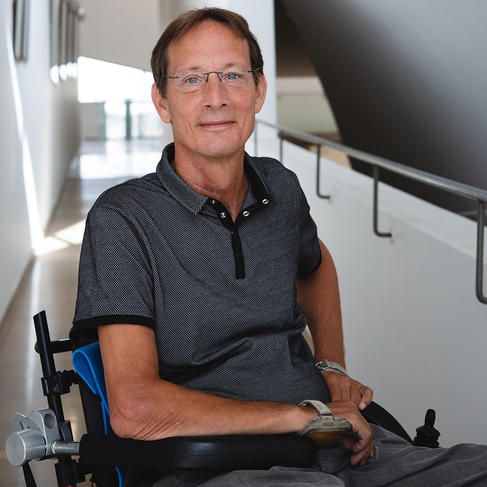

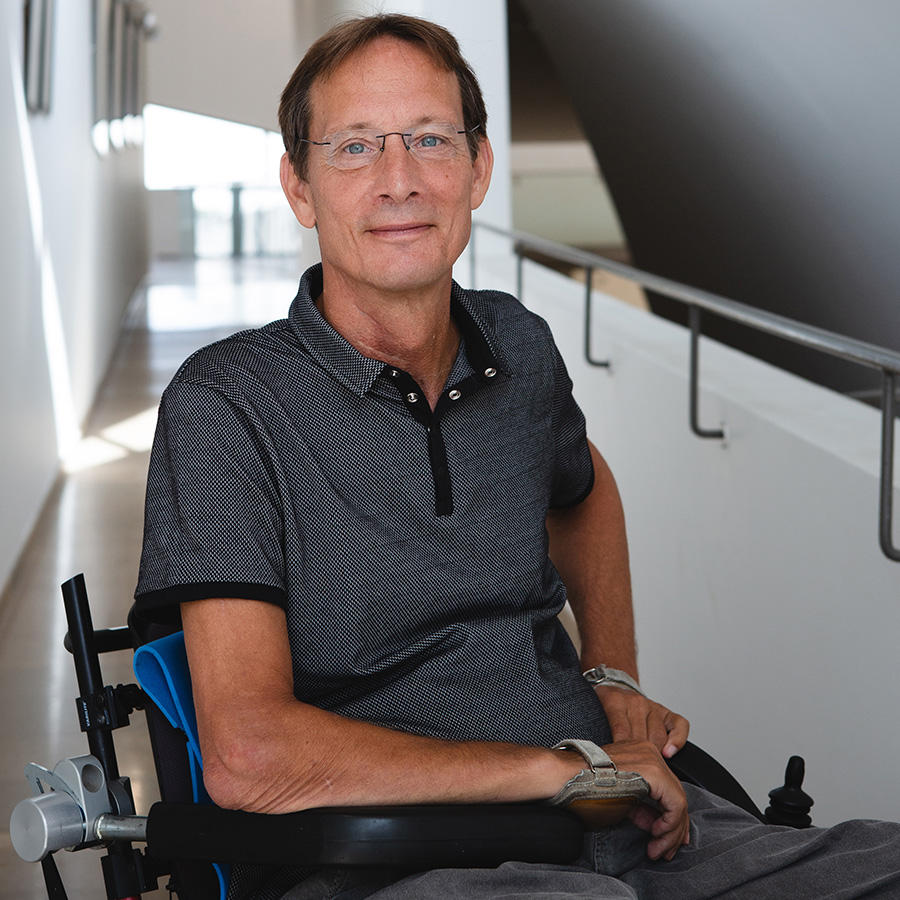
A senior researcher at the Physics Laboratory of the École normale supérieure de Lyon,3 Vance Bergeron, who himself became tetraplegic after an accident, is improving the quality of life for paralysed individuals. After a doctoral thesis in chemistry at the University of California at Berkeley (US), and a few years spent at Rhône-Poulenc, he joined the CNRS in 2000. "I worked with Pierre-Gilles de Gennes, who suggested I change topics every ten years to keep a fresh mind," explains the French-American scientist. "The CNRS allowed me to do so three times. I would probably never have had so much freedom and trust elsewhere." In 2001 he started to explore the field of biological decontamination of air using cold plasmas, and took part in the creation of the company Airinspace, which equips various hospital services. He is the author of forty patents. In 2013, a car hit him while he was riding a bike, leaving him paralysed. But nothing can stop Vance Bergeron's determination. He redirected his research to the functional electrical stimulation that remobilises paralysed limbs through low-intensity electrical pulses. With the support of the CNRS, the Hospices Civils de Lyon hospital centre, and the association Advanced Neurorehabiliation Therapies and Sport (ANTS), which he cofounded, he and his former PhD student Amine Metani—"my right hand and left brain"—developed electrostimulation bicycles and rowing machines within the startup Circles. Physical activity reduces the complications of paralysis. The prototypes will be tested in 2020 in France's first gym dedicated to the physically disabled, which was recently inaugurated by ANTS.
Orphée Cugat: the magnetic force
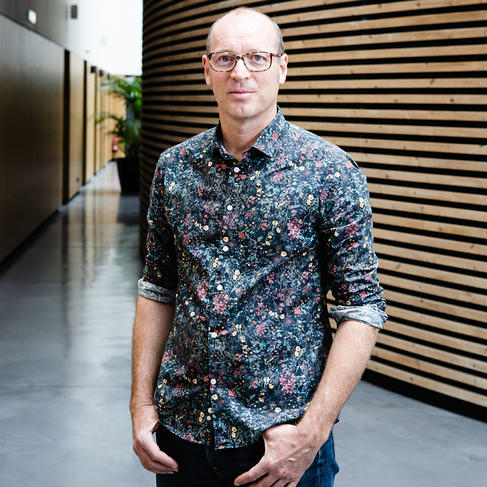

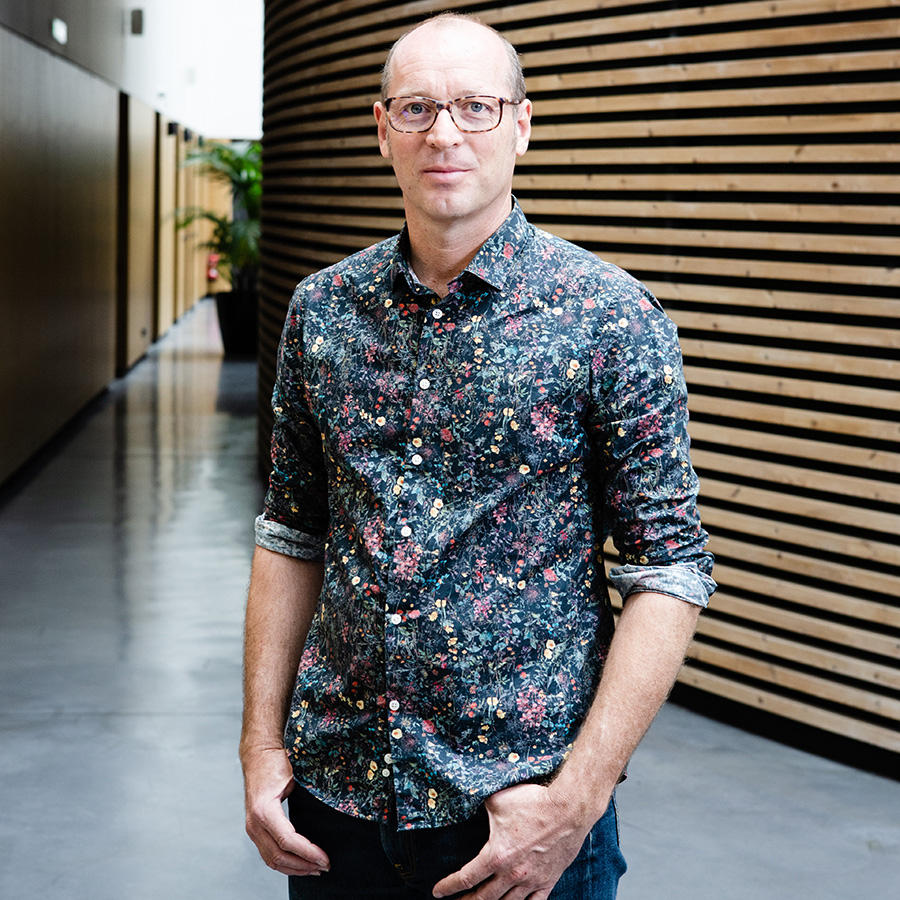
With twelve families of patents under his belt, Orphée Cugat has his mind set on innovation. A CNRS senior researcher at the Grenoble Electrical Engineering Laboratory (G2Elab),4 he invented magnetic systems that take advantage of the growing miniaturisation of technologies. "When reducing scale, some magnetic repulsion forces exceed gravity or surface tensions," Cugat enthuses. A generalist engineer by training, he ultimately opted for a doctoral thesis. "During my postdoc in Ireland I sometimes had to retrieve equipment from the university's skips to build our own instruments." In Grenoble, his group first developed miniature motors and generators, then original levitation systems, and now applications for medical technologies. His team launched the startup Enerbee, in which a connected air vent gathers enough energy during its rotation to power integrated sensors for air quality. Even more ambitious, the startup MagIA provides diagnostics in fifteen minutes to simultaneously detect hepatitis B and C, as well as HIV. Here once again, miniaturisation increases the magnetic forces that quickly detect the markers of the targeted pathologies. When launching a startup, Cugat prefers to stay in the laboratory and explore new applications. His passion for alpine skiing, which he shares with his colleague and friend Jérôme Delamare, also reflects this character trait. "We conduct off-piste research," Cugat says in jest, running with the metaphor. "We're constantly in quest of a new field of virgin powder."
Explore more
Author
A graduate from the School of Journalism in Lille, Martin Koppe has worked for a number of publications including Dossiers d’archéologie, Science et Vie Junior and La Recherche, as well the website Maxisciences.com. He also holds degrees in art history, archaeometry, and epistemology.







